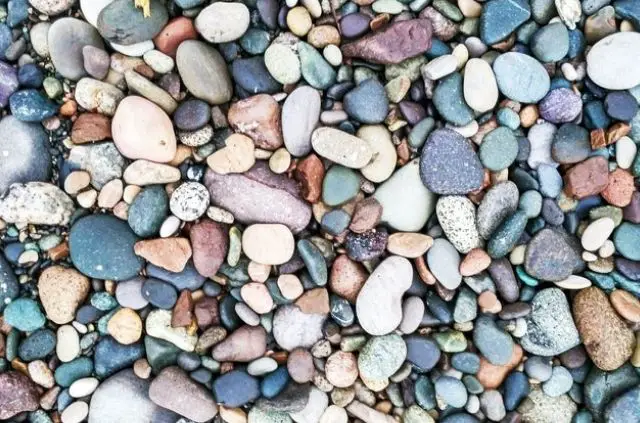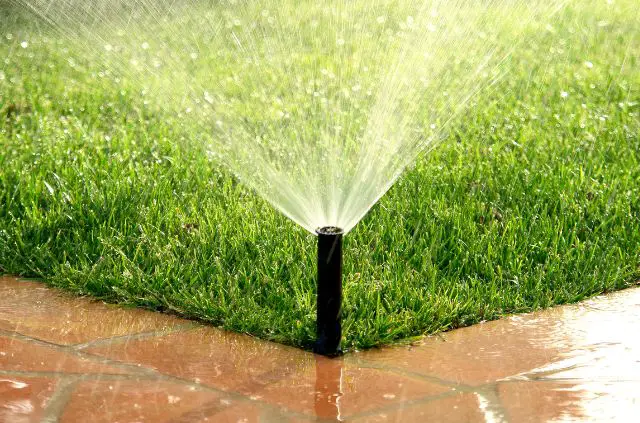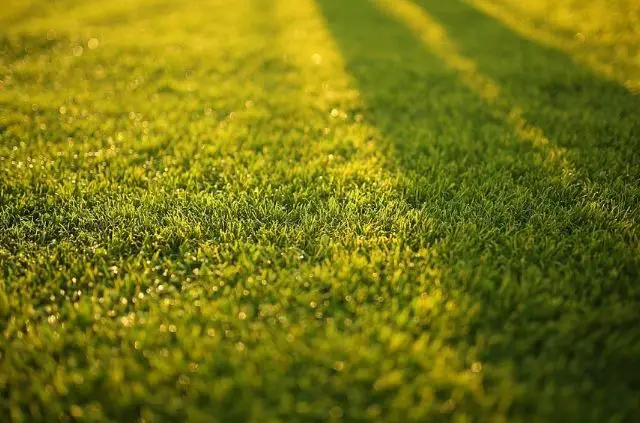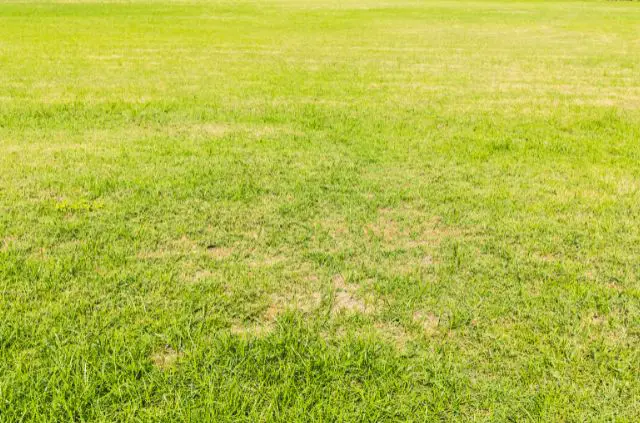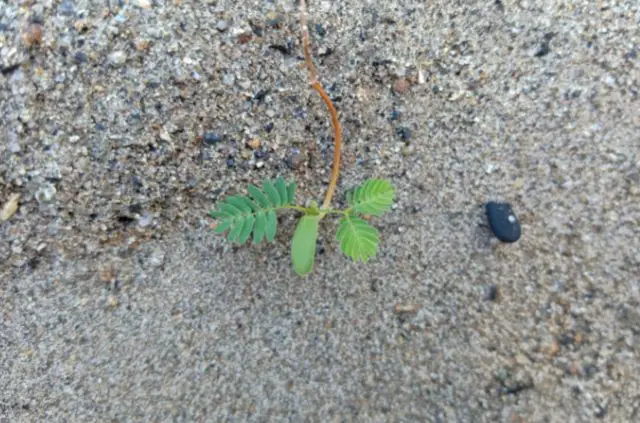How to Protect Grass Seed from Birds
Growing new grass can be a challenge. Seed needs to make contact with the soil and you need to water regularly. But animals can also have an impact on germination. In the sections below you will learn how to protect grass seed from birds.
You can prevent birds from eating grass seed by covering it with netting, straw, using a fake bird decoy, or reflective tape. In the end, there are many useful options and it’s best to try out a combination of methods.
Why do Birds Eat Grass Seed?
The exact diet of birds can vary depending on the type. But they typically eat seeds, nuts, and berries. When it comes to grass seed, some homeowners claim to have no problem with birds – while others say they can’t keep the animals off their lawn.
Again, this all depends on the where you live and what kind of grass seed you’re using. There are many different brands of seed available. In other words, some might be appealing to birds and others will not.
The main thing to remember is that it’s crucial to protect new grass seed from animals and other elements (more on that later). Following these proper steps will ensure that your lawn will flourish in the seasons to come.
How to Protect Grass Seed from Birds
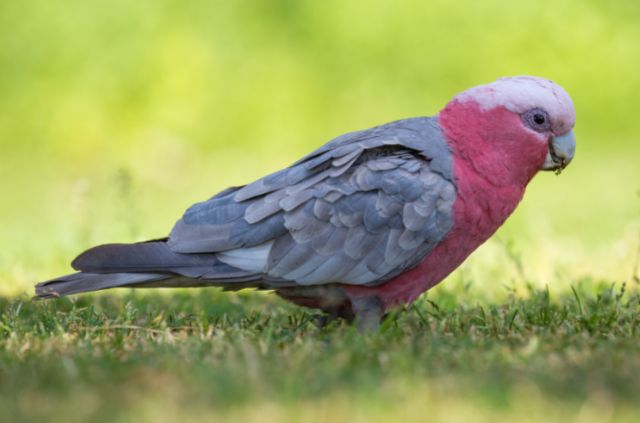
1. Place Down Straw
Straw is one of the more popular ways to protect newly planted grass seed. It not only gets the job done, but straw is also inexpensive. And while birds can still move the straw, grass seed won’t openly be exposed to them.
Straw is also light enough to create good seed to soil contact. Without this, the germination process will have trouble starting. The one downside to straw is that you will need to pick it all up when grass begins to grow.
2. Install a Fake Bird Decoy
Fake birds (like a scarecrow) can also be used to keep birds away. This decoy is designed to resemble a predatory bird – like an eagle or hawk. Most animals will see these larger birds and naturally keep their distance.
There are many types of fake bird decoys you can try. Some even have moving heads to resemble a real animal. Just remember to move the decoy at least once a day, or the birds around your house will realize it’s fake.
3. Cover with Netting
Plastic netting is another type of material you can use to cover new grass seed. This will act as a shield, so birds will not land on the soil. Plastic netting will be slightly more expensive than straw, but it has additional perks.
For starters, plastic netting will not blow away in high winds, or get washed out from heavy rain. Plus, all you need to do is roll up the netting when you’re done. And unlike straw, this material can be used the next time you put down new seed.
4. Use Reflective Tape
Another cost effective way to protect grass seed from birds is to use reflective tape. This material works excellent as a repellent, because sun will reflect off the material and birds won’t like it – so they know to stay away from the area.
Reflective tape works best when it’s free flowing, so you want to avoid installing it on a fence post. When the tape blows in the wind the reflections will become more obvious. Using reflective tape streamers is probably the best way.
5. Spread More Seed
If you don’t want to use some type of covering, you can also try overseeding the lawn. This is when you apply more grass seed than you actually need. Even if birds eat some of it, there will be plenty left on the soil.
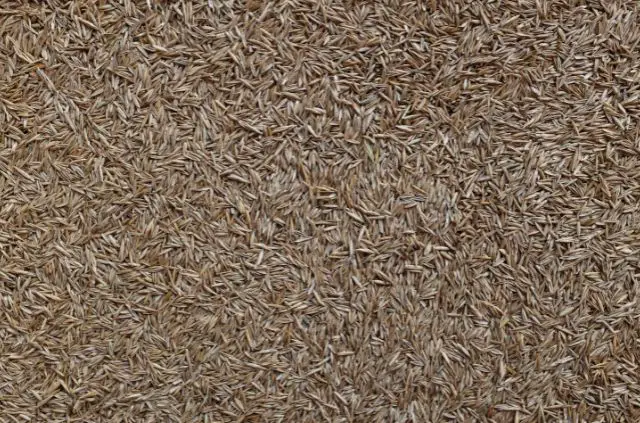
Using more seed than required is good when some can also get washed away. If you live in an area that gets rain on a regular basis, you should expect some seeds to get lost. But at the end of the day, there will still be a good amount remaining.
6. Put up a Bird Feeder
Another method to prevent birds from eating your grass seed is to put up a bird feeder. This may sound counterproductive, but it works by distracting the animals and directing them to another area of your lawn.
Plus, you can put bird seed in the feeder – which should be more appealing to them in theory. Try hanging the food source around trees close to the area where grass seed is, so you can create a nearby distraction.
7. Create Noise
Most birds typically aren’t a fan of loud sounds. That’s why making noise in your lawn will prevent birds from landing and eating your new grass seed. There are two different approaches you can try.
You can first place wind chimes near the area. Hang them on your house or a tree close to the seed. Another way is to use empty cans as a noise maker. Can will not sound as good as a wind chime, but it will get the job done.
8. Buy Grass Seed Blankets
Laying down grass seed blankets on your lawn can be very effective. They will hold seed in place on hills, slopes, and offer protection from birds. Blankets are also great at retaining moisture – which will enhance the germination process.
Laying down grass seed blankets is also super simple. All you need to do is roll out the grass, water and you’re done. The one downside to this product is the high price. It will cost much more than grass seed – so they’re best for small lawns.
Other Reasons for Grass Seed Protection
You should know by now that there are a handful of ways on how to protect grass seed from birds. But animals alone are not the only reason to protect your lawn.
It’s also essential to prevent grass seed from washing away due to extreme weather conditions. This is most likely to happen during periods of heavy wind and rain.
Using materials like straw and netting will prevent this from happening. Plus, these materials will keep new grass seed secure, which will help with seed to soil contact.
If you don’t already know, grass seed should be covered so the germination process can start. New seed should be planted roughly .25″ below the surface and never on top of the soil.
Search Terms
- How to protect grass seed from birds
- Why do birds eat grass seed?

